In 2020, many organizations began using REMI workflows out of necessity. Despite a global pandemic, there was still a need to produce and distribute new content or messaging. But this content had to be created while dealing with social distancing, quarantining, and safety restrictions. These limitations led to the widespread utilization of remote production workflows across just about every industry.
[What is REMI production? Learn more here.]
REMI workflows are common in the live sports sphere. But organizations outside that sphere had to quickly learn about REMI – what it was, how it worked, and how to apply it to their needs. After a shaky start, many organizations adapted to the “new normal.” This adaptation led to a proliferation of virtual-everything. Virtual award shows and town halls. Virtual galas and fundraisers.
Now that many companies have been utilizing remote production workflows for the better part of a year, it begs the question: Will REMI workflows continue in a post-pandemic world?
We think the answer is a resounding yes.
Here are some of the key reasons we believe REMI production is here to stay.
REMI workflows are cost-effective.
REMI workflows are intrinsically less expensive than traditional remote productions. Several factors contribute to these lower costs:
- First, REMI workflows require less on-site infrastructure. Yes, there is still a need for cameras, audio, and transmission capabilities at your primary location. But your overall production footprint is much smaller with a REMI production since you’re leveraging a central broadcast hub.
- Second, because you have less infrastructure on-location, that means lower labor costs. A smaller production footprint means it takes fewer technicians to set up and execute.
- And finally, a smaller crew means lower travel costs, reduced catering and craft service expenses, and fewer per diems.
[Learn more about the benefits of REMI production.]
WHY THIS MATTERS: Small to mid-sized organizations that have become accustomed to REMI productions have also adapted to the budgets associated with these productions. This means post-pandemic, it may be difficult for these companies to justify increasing their production costs. And even larger organizations like ESPN have committed to embracing REMI solutions. While ESPN’s decision may not be purely financial, they have the resources and capabilities to take advantage of REMI workflows.
REMI workflows are easy for talent.
REMI workflows are considerably more convenient for on-camera talent. Deploying a remote production kit to a talent’s home eliminates the need to travel to a studio or venue. What’s more convenient than participating in a live production from the comfort of your own home?
And REMI workflows don’t just make it easier for talent. Organizations that are booking talent now have access to a much larger pool of resources. Previously, if you needed someone in your studio for an interview, you were limited to talent within your existing market. Or, you’d have to pay to travel them to your studio. REMI productions allow access to talent anywhere in the world (provided they have adequate bandwidth.)
WHY THIS MATTERS: REMI presents talent with the ability to maximize their schedule. They can conduct multiple interviews a day – from their home – without traveling across the country. This new workflow is a luxury that some talent and celebrities may not be willing to give up.
REMI workflows are quick to implement
REMI workflows rely on existing physical infrastructure. Video and audio signals transmit to a central broadcast hub, where the content is switched, mixed, recorded, and distributed. This makes REMI workflows quick to implement. Control rooms don’t need to be assembled before a production – the physical infrastructure is already there and in place. This means the setup time for remote production is substantially less than a full on-location build-out.
WHY THIS MATTERS: The quick turn-around time associated with REMI workflows is advantageous when planning a last-minute production. What’s more, by utilizing a central broadcast hub, your production’s command center can be located anywhere in the world. This reduces the amount of local infrastructure needed, making REMI productions a good option for small markets or areas that don’t have a thriving production community.
All-In on REMI
None of this is to say that live and in-person events will cease to exist once the pandemic is over. And we certainly hope that’s not the case – we miss the fun and excitement. However, we don’t see REMI production as a short-term solution to a problem. We see it as a long-term shift in content creation. Now that organizations have implemented REMI production workflows, they’ve seen some of the benefits that come with it, as we’ve outlined above.
Let’s use the Emmy’s as a hypothetical example. Will the Emmy’s continue as a virtual event post-COVID? Very unlikely. However, the technology and workflows traditionally used to execute the program may shift. Rather than building-out a truck farm on-location, the Television Academy has the option to utilize a remote production workflow that would provide the same production values that they’re used to, but at a potentially lower price tag. They’d still have a live host (or maybe no host?), a live audience, live acceptance speeches, and the pre-
Over the past several months, we’ve invested heavily in REMI technology to meet our client’s needs. With a dedicated REMI broadcast hub, video drop kit packages, and a REMI mobile unit coming soon, we’re all-in on REMI production – both in the short-term and long-term. If you want to discuss REMI production in more detail or review an upcoming project, contact us any time.

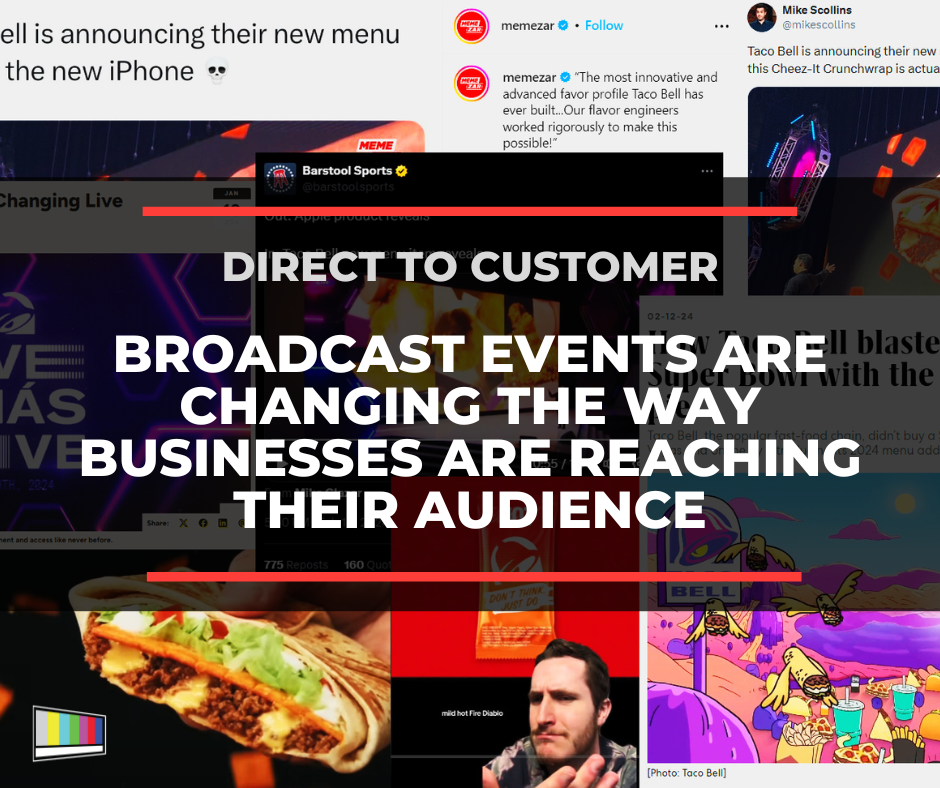

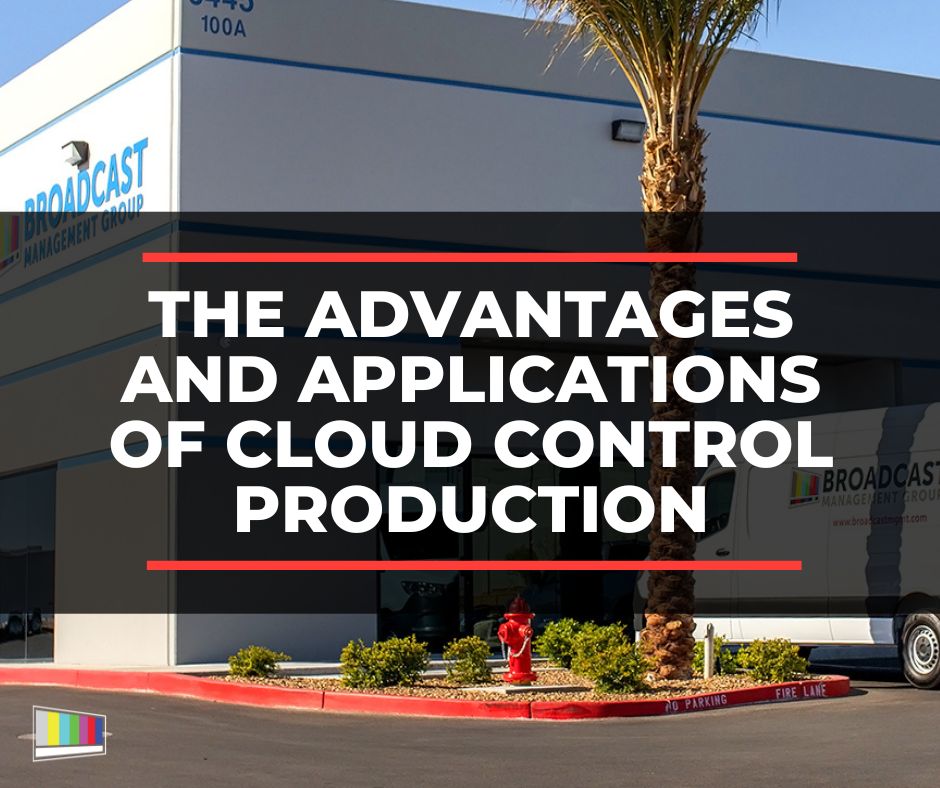


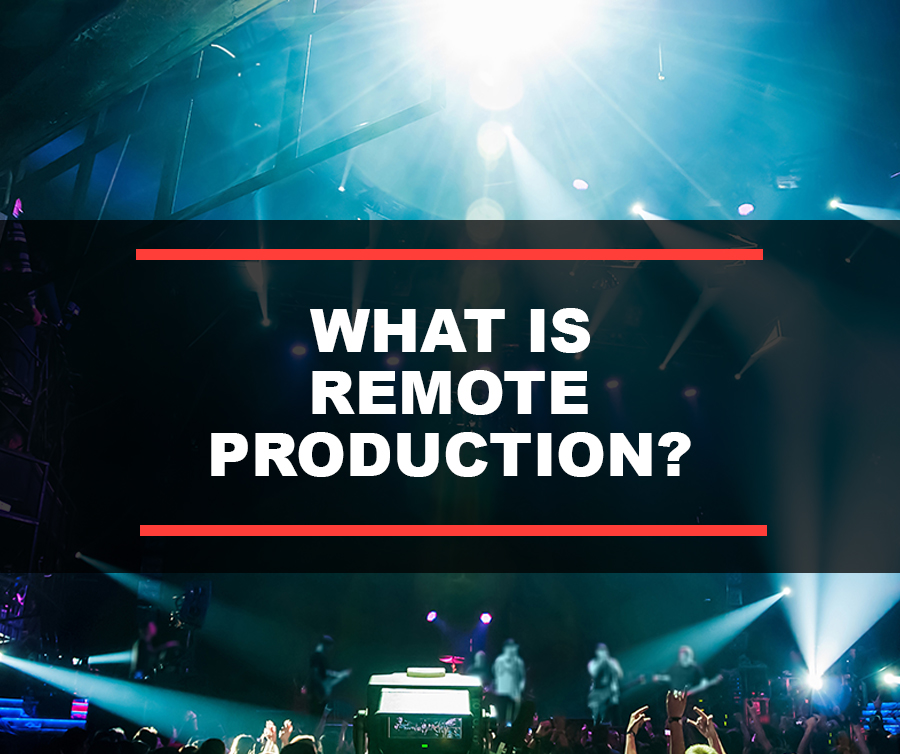
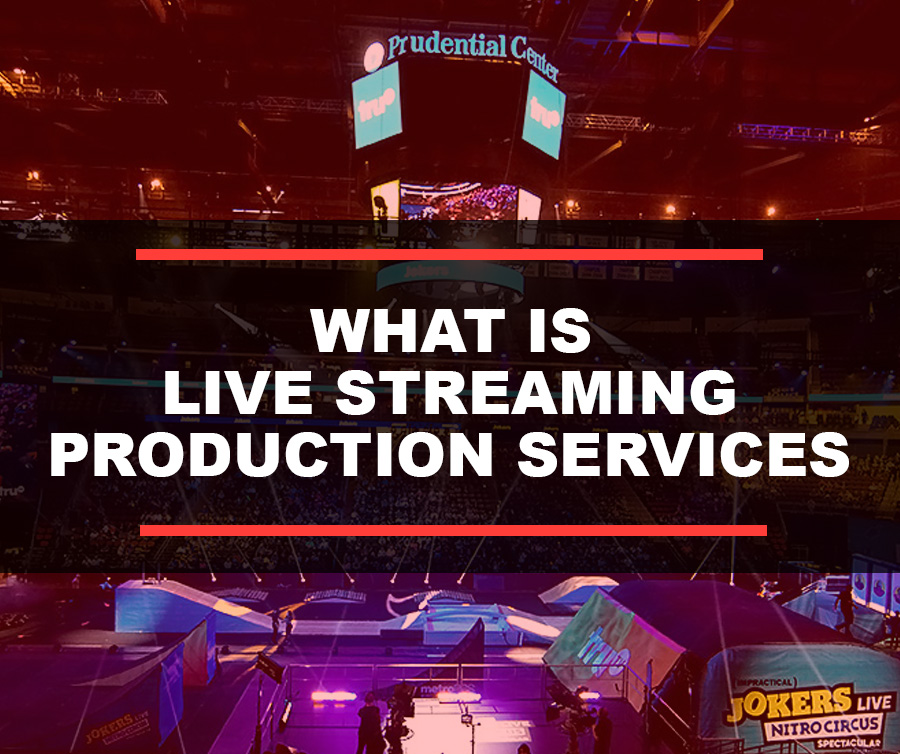

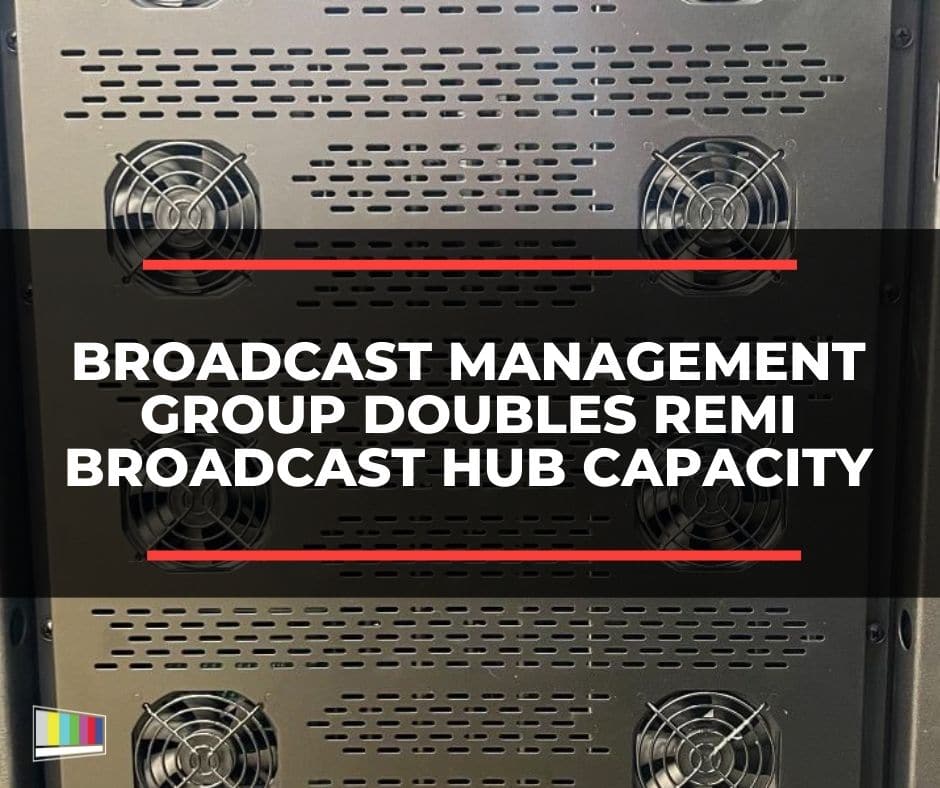
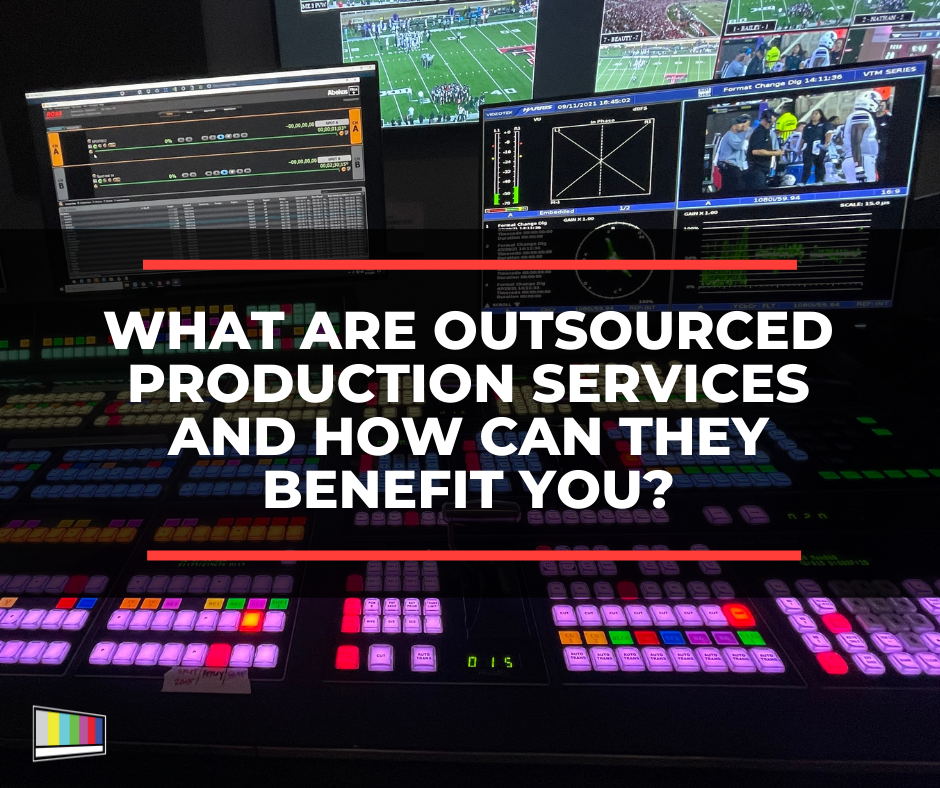



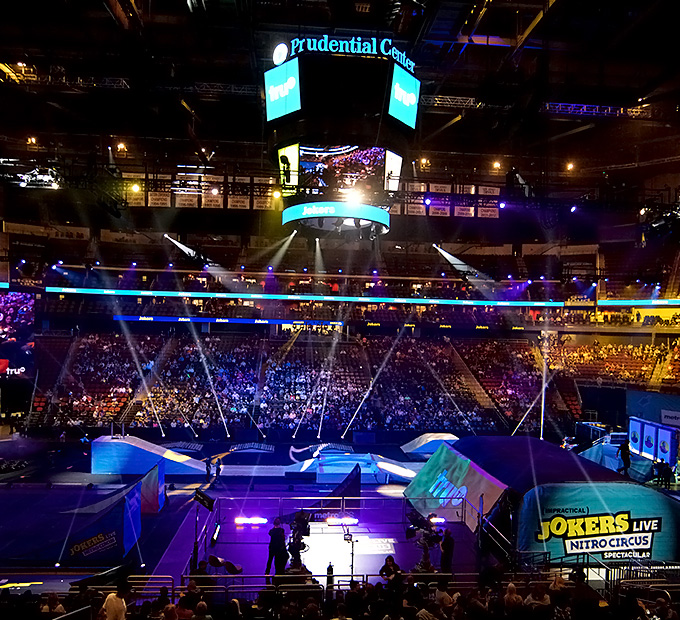
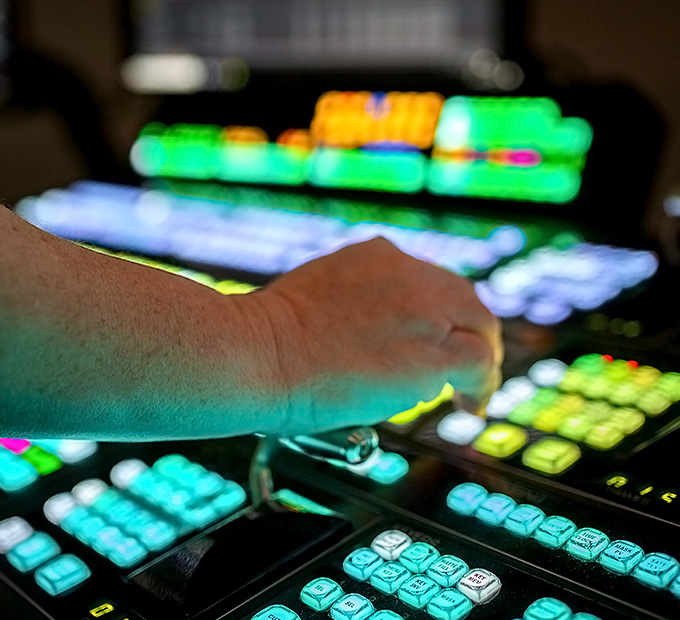
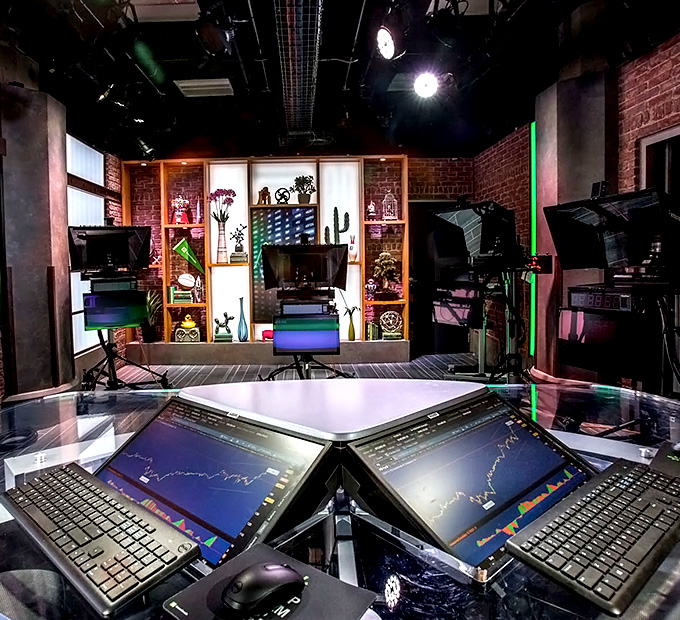


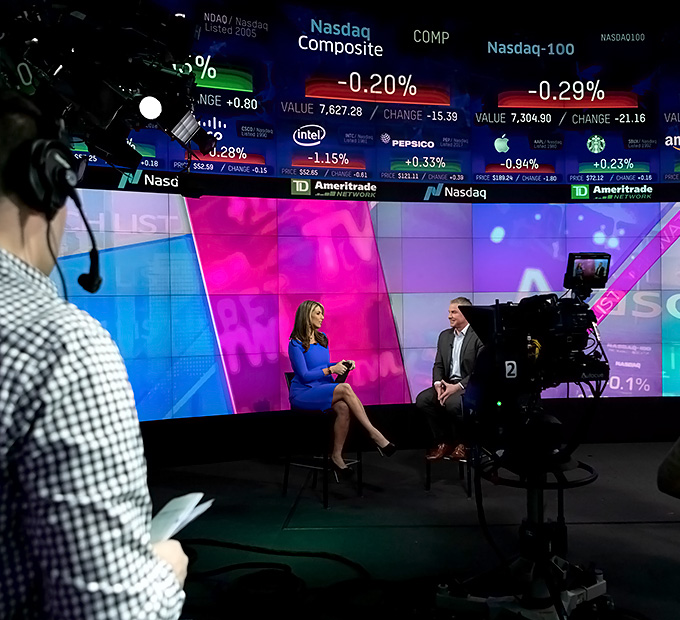
Leave a Reply